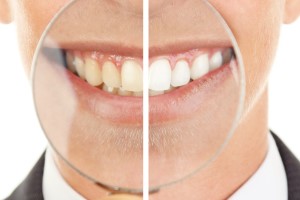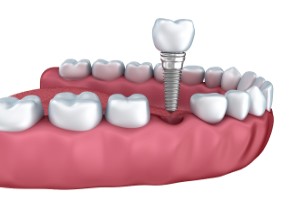 A strong and stable dental restoration can replace your missing tooth. Many people suffer from tooth loss. Using removable dentures is a way to fill the dental space. This can prevent many dental issues from developing. Here are the dental restoration options available for your missing tooth.
A strong and stable dental restoration can replace your missing tooth. Many people suffer from tooth loss. Using removable dentures is a way to fill the dental space. This can prevent many dental issues from developing. Here are the dental restoration options available for your missing tooth.
Dental implants
The dentist will assess the patient’s mouth and see if there is enough jawbone to support the titanium rods. If there is jawbone loss, the patient must have bone grafting or sinus lifting first. This will help thicken the jawbone enough to secure the rods. Healing must finish before the dental implant surgery begins.
There will be proper sedation and a local anesthetic. These will make the patient comfortable and the procedure painless. The dentist will cut through the gum tissue and then drill into the jawbone. Placing the titanium rods into the implant holes will follow. Stitching the gums over the implants will help the area heal.
This dental restoration can last for many years with proper maintenance and care. The dentist can help by providing professional dental cleaning and regular checkups. Once fused with the jawbone and gums, a dental implant will not slip or fall out. It will make speaking, smiling, and eating so much better.
Traditional dentures
A denture has artificial teeth fixed on a plastic base. Partial dentures can replace teeth in strategic areas of a dental arch. Full dentures replace all the teeth in a dental arch. Denture clips or adhesives can keep this dental restoration in place.
Many patients get used to this dental restoration right away. But over time, the denture will loosen because the jawbone keeps shrinking. The dentures rest on the gums and do not merge with the jawbone. There are no dental roots to stimulate the jawbone. Because of this, the body will not send nutrients for tissue repair. That is why this dental restoration will need a more stable replacement soon.
Fixed bridges
A fixed bridge is a dental appliance that can replace consecutive teeth. The dentist will use the teeth on opposite sides of the gap. These teeth are called abutment teeth. Reshaping these teeth must happen so that they will fit the dental crown. The dentist will cement the crowns on these teeth to support the patient’s dental bridge.
Dental crowns
Getting a dental crown is ideal for teeth with large fillings. It can also protect and hold a root canal-treated tooth together. A patient can have ceramic, porcelain-fused-to-metal, and gold crowns. A crown is a temporary cover, but this dental restoration can last for at least 10 years. Regular dental cleanings and daily oral care are necessary. These dental care activities can help keep the underlying tooth healthy.
Replacing your tooth with a dental restoration can change your life and dental health
A missing tooth is a major dental problem. This crisis can prevent you from smiling, talking, and eating well. Your dentist will recommend the right type of dental restoration that can match your needs. Working with your dentist can help prolong the results.
Request an appointment or call 82nd St. Dental at 718-476-5555 for an appointment in our Jackson Heights office.
Recent Posts
Getting the right dental restoration can improve your appearance and dental health. Your dentist will discuss the possible procedures that will fit your needs. Knowing more about these treatments can help you prepare for your next visit. Here are the common dental restoration procedures available.These restorations can be tooth-colored porcelain, gold, or composite material. This…
Dental restoration is a term used to describe the process of repairing or replacing damaged, decayed, or missing teeth. Several dental restoration options are available to patients, ranging from simple fillings to more complex procedures such as dental implants and crowns. This article will explore some of the most common dental restoration options available and…
A root canal removes the infected pulp, then cleans and seals the tooth. Many patients may be unsure if there is anything else they need to do after the root canal. The answer is yes; they will need a dental restoration to restore the tooth's functionality. Let us dive into why leaving a treated tooth…






